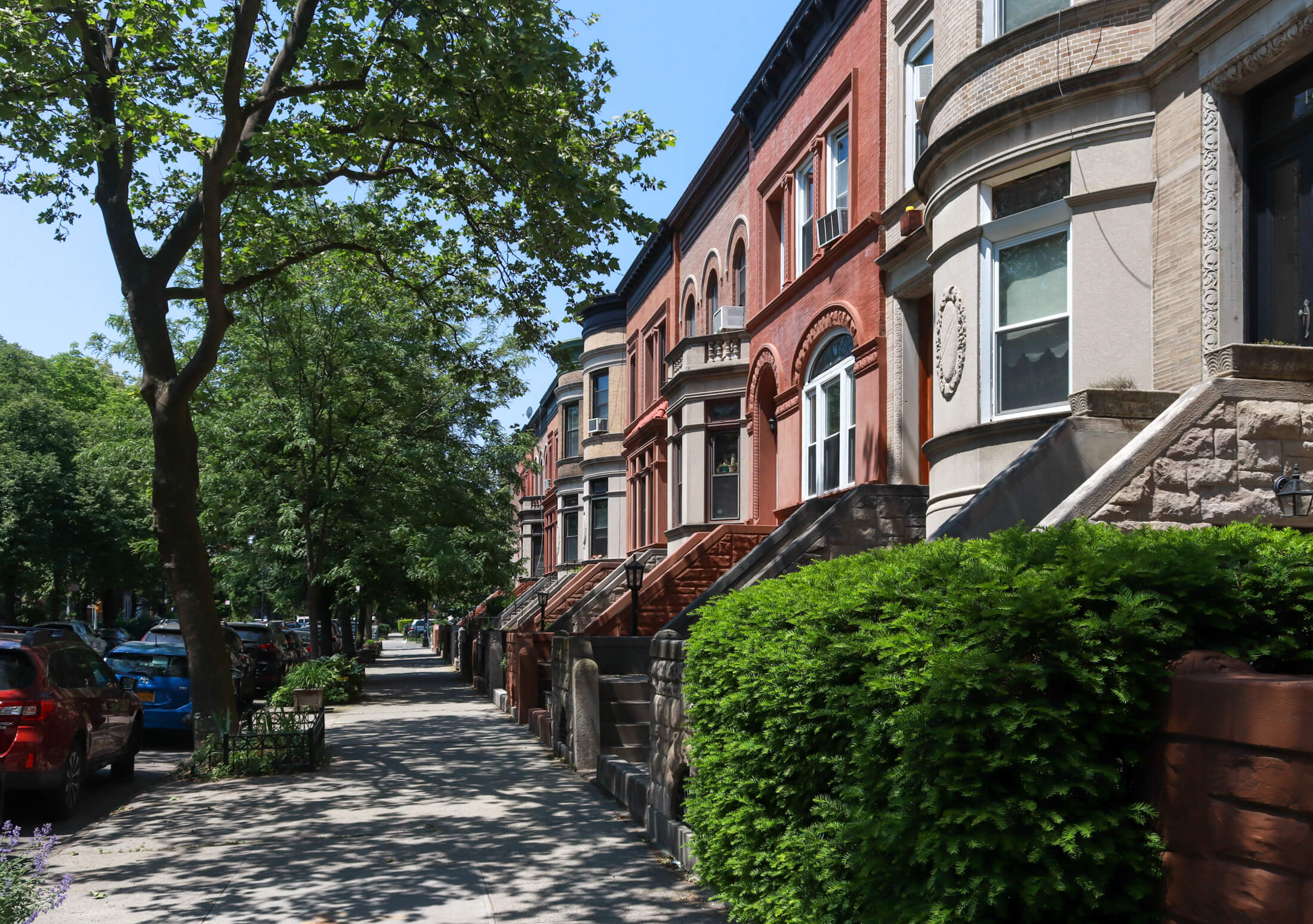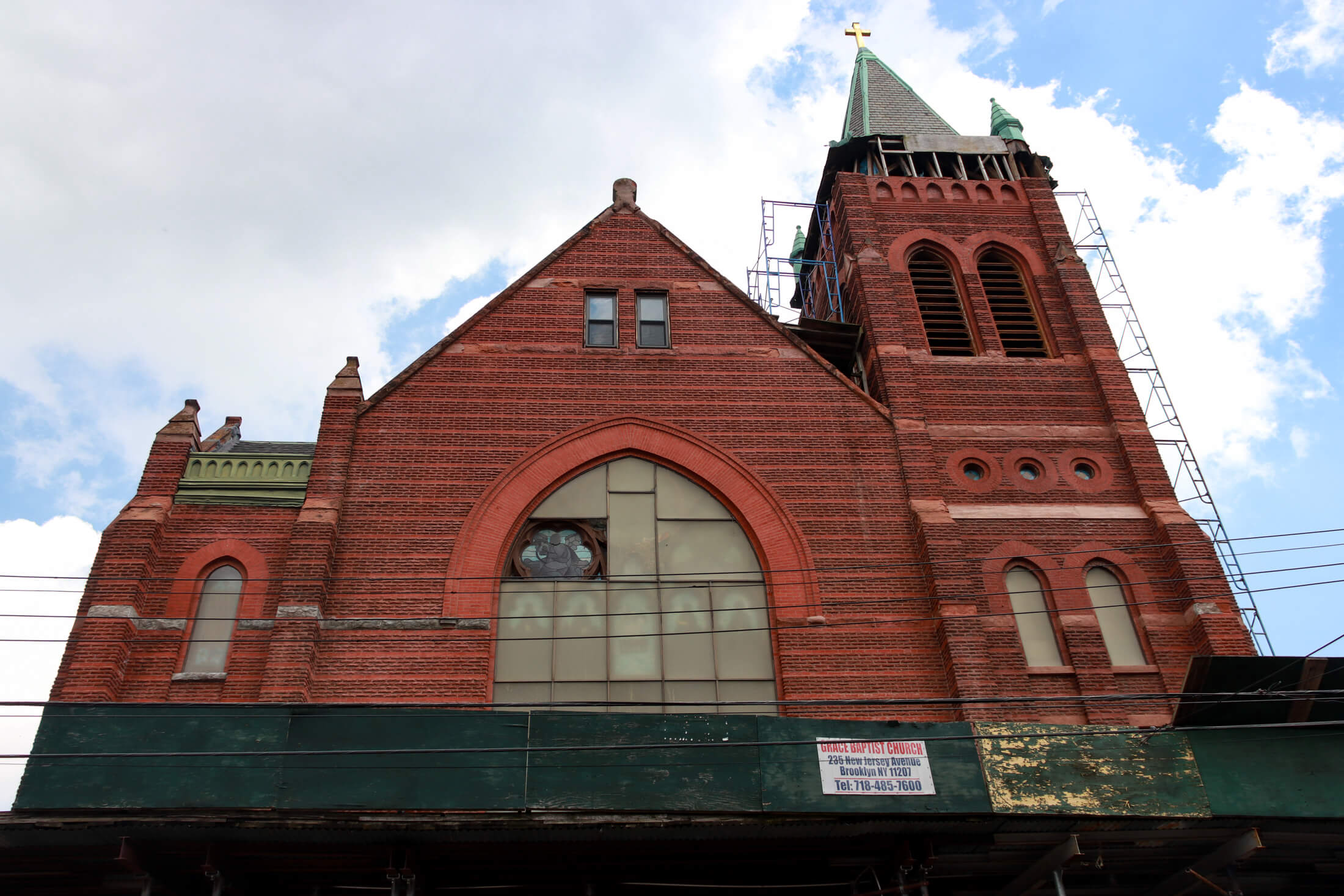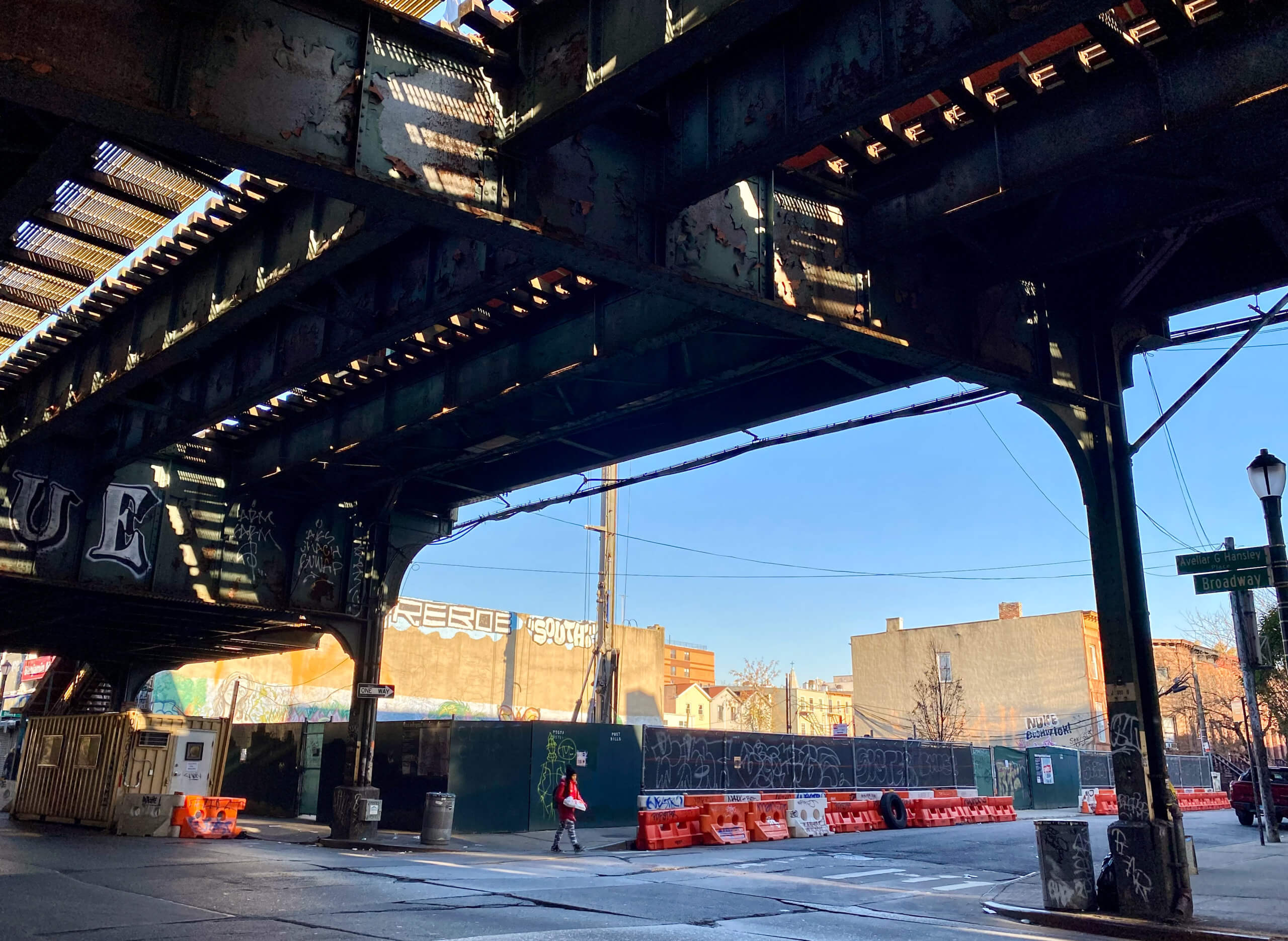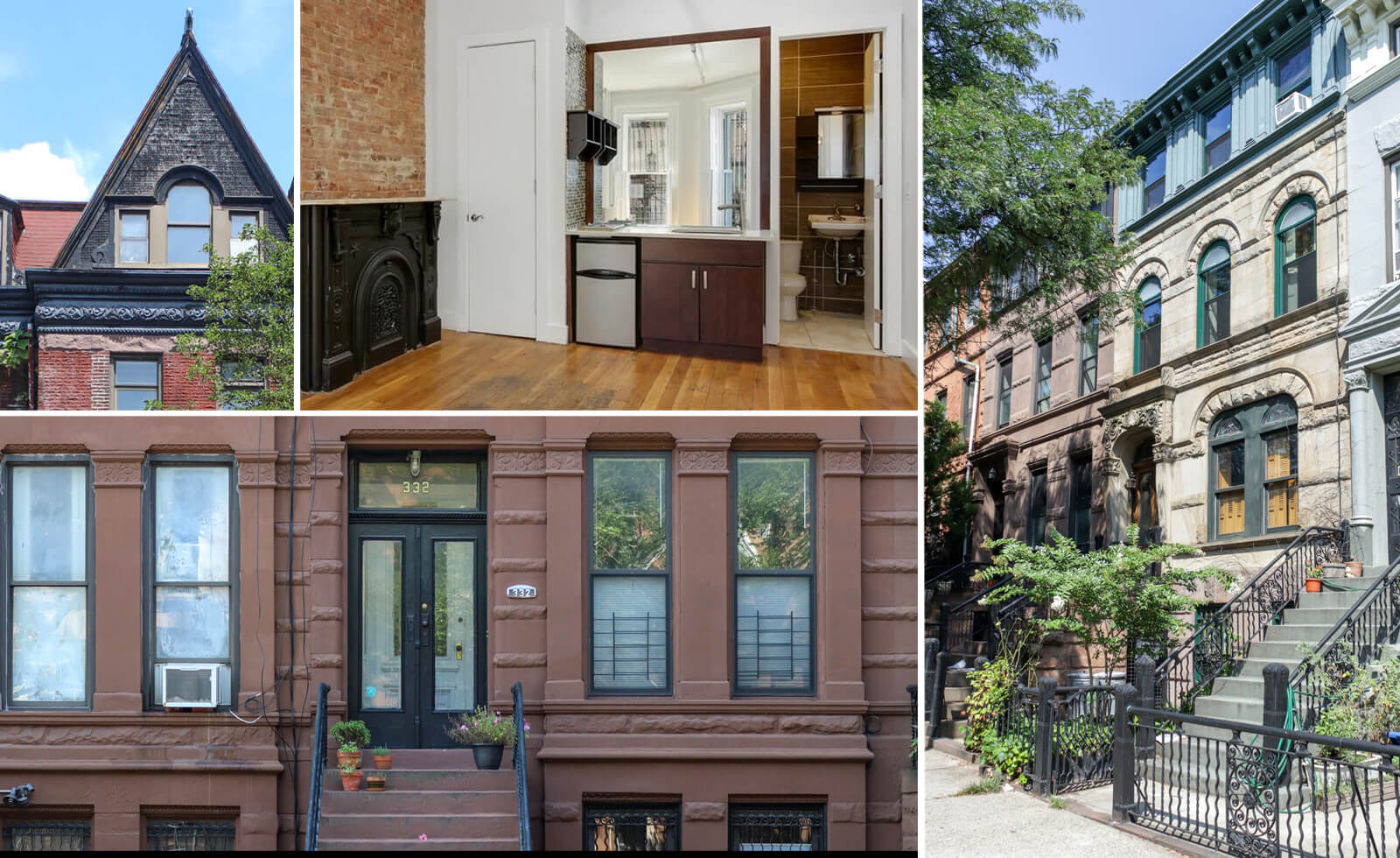How to make sense of the street addresses and grid in Queens
Addresses in Queens are notoriously confusing. Bar 43 in Sunnyside, located on 43rd Street at 43rd Avenue just a block off Queens Boulevard, is certainly easy enough to locate (GMAP). But navigating to Sunnyside Gardens Park on 39th Avenue, further north, may deliver you in a state of panic as you find yourself passing 39th…

Addresses in Queens are notoriously confusing. Bar 43 in Sunnyside, located on 43rd Street at 43rd Avenue just a block off Queens Boulevard, is certainly easy enough to locate (GMAP). But navigating to Sunnyside Gardens Park on 39th Avenue, further north, may deliver you in a state of panic as you find yourself passing 39th Drive and 39th Road along the way (GMAP). How do you make sense of the repetition of street numbers? What is the logic behind it?
Starting in colonial times, European settlers established thriving farming communities in this region of Long Island, and when Queens – all 113 square miles of it – was incorporated into New York City in 1898, there were 60 self-sufficient towns and villages here. Many of these had streets bearing the same name, which proved to be a hassle for the City’s emergency and postal services, and unification seemed prudent.
In 1911, Charles U. Powell, then chief engineer of the Topographical Bureau of Queens, set about to design a street naming and address system, organized in a grid of streets and avenues, which he based on the one used in Philadelphia. It was intended to help anyone find a location anywhere throughout the borough simply by referencing its address. Powell worked for 17 years to implement his plan, even employing public relations to win over hearts and minds, but some towns flat out refused to change, which is why there are still so many named streets today.
Here’s how it works. Streets run north-south (think Whitestone to Rockaway), and avenues run west-east (think Long Island City to Queens Village) – exactly opposite of Manhattan’s grid. If additional streets existed or were subsequently built between the main ones, they were called roads and drives, in that order; if there were necessary through-ways between avenues, they were called places and then lanes, in that order. Streets that are curved or otherwise askew from the grid were named crescents, courts or terraces, and significant thoroughfares were named boulevards, such as Queens Boulevard or Northern Boulevard.
The numbering of the streets begins on the western edge of the borough, getting higher as you go east. The Riverview Restaurant, located near the East River, is at 2nd Street (GMAP). Avenues increase in number as they go south. 2nd Avenue is located way up by the Whitestone Bridge. So, if a building is located on a high-numbered street near a high-numbered avenue, it’s somewhere in the southeastern vicinity of Queens.
That brings us to addresses, which consist of three domains – two numbers hyphenated followed by the street on which the building is located. The number that appears before the hyphen indicates the lower of the cross-streets on a building’s block. The second number indicates where on the block a structure is located, the lowest number starts nearest to that cross-street. For example, The Yoga Room’s Astoria location is at 38-01 35th Avenue, and it’s on 35th Avenue between 38th Street and Steinway Street, in the first building on that block (GMAP).
There are countless exceptions to these rules, and, just like any other city, streets and avenues can cut off without warning, but remember this: if you’re out there on the road and you’ve gotten off course, hang in there for the next street or avenue – that’s your true grid.
All images: Anne Shisler-Hughes
Anne Shisler-Hughes has lived in Forest Hills for 10 years and loves Queens for the great treasures to be found in its diverse neighborhoods. She covers arts and culture, history and real estate for QueensNYC. You can find more of Anne’s writing on Edible Queens and her blog, The Global Grocery.











Any grid system that needs 6 or 7 paragraphs to explain is a terrible system. Manhattan’s is pretty good, as is Brooklyn’s (where it exists), but Chicago’s is the best. It’s really just cartesian coordinates.
Downtown at the intersection of State Street and Madison Street is 0, 0. Anything north or south of Madison is prefixed north or south; similarly for east/west for State Street. Every 800 addresses is a mile and major arteries are every 800 (1 mile). That’s it.
So if you’re at 2400 North (Fullerton Ave) and 1600 West (Ashland Ave), you’re 3 miles north and 2 miles west of State and Madison.
Chicago had the “benefit” of being completely burned down and rebuilt.
“If additional streets existed or were subsequently built between the main ones, they were called roads and drives, in that order; if there were necessary through-ways between avenues, they were called places and then lanes, in that order.”
You seem to have this backwards. Streets, lanes and places run parallel, no? Otherwise, the intersections pictured don’t make sense.
The hyphens in addresses make web searches and GPS difficult too. Gothamist wrote about this last year: “The dash was first introduced in 1898, when the borough was still a rural area. A mailing address had to include the name of the post office and the street name and number.” (http://gothamist.com/2011/08/21/does_queens_still_need_hyphenated_a.php)
Building numbers are Odd on the North side of Avenues/Boulevards, and on the East side of Streets.
That’s exactly right. Thanks for giving us further details.
I like the poem in the comments! But the article says roads and drives are used for extra streets but the poem is correct (I think) that roads are used for extra avenues.